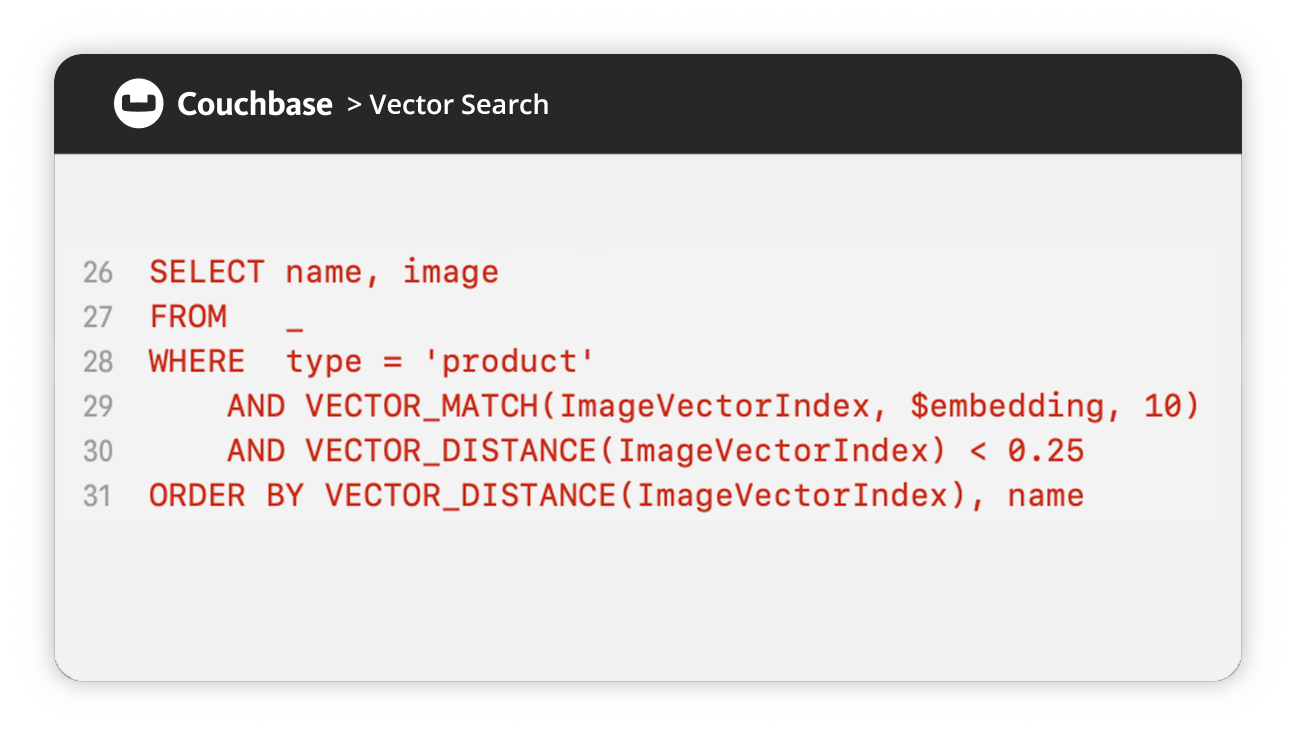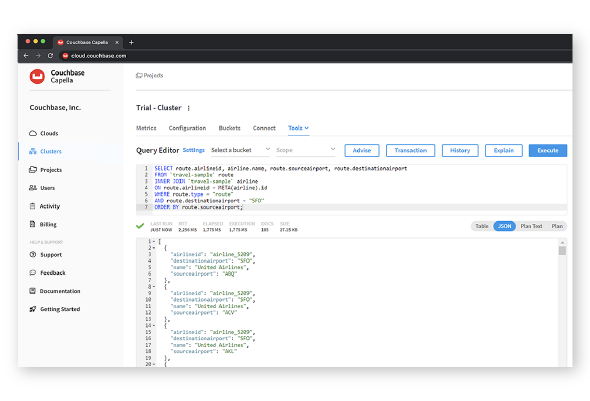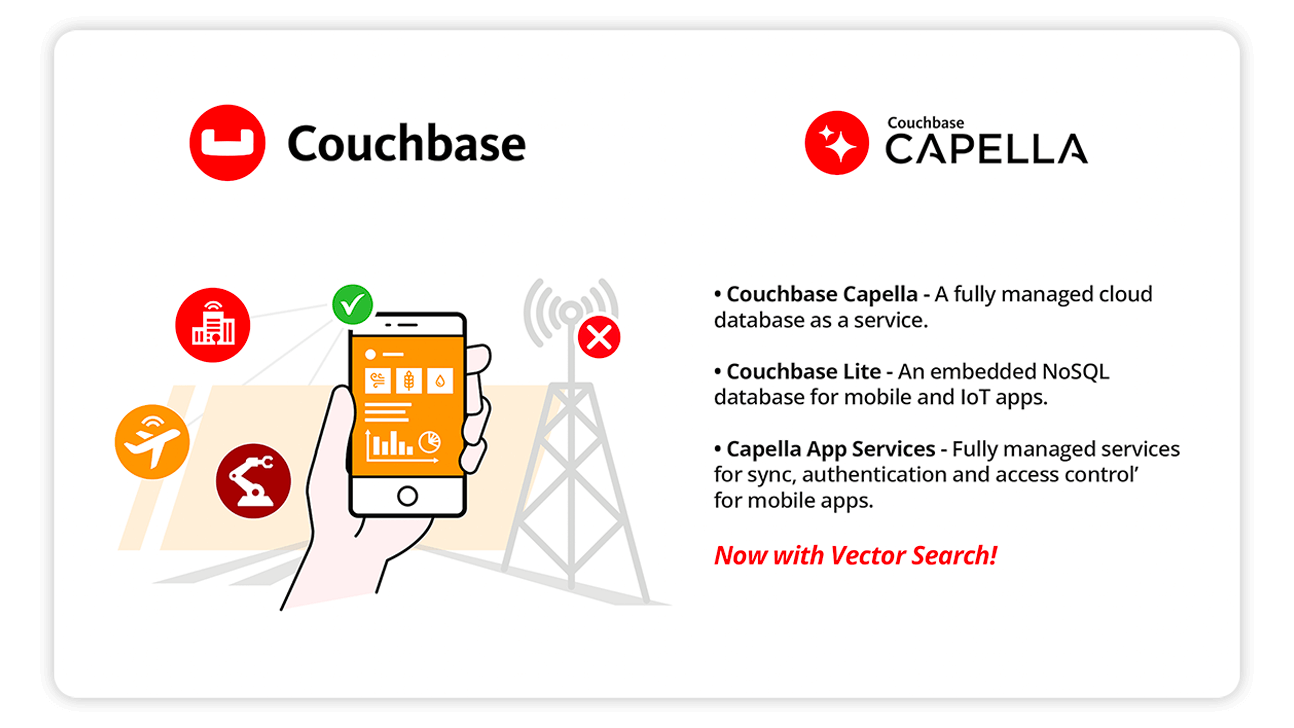To help you better understand data platforms, this page covers:
- Layers in a data platform
- Types of data platforms
- Data platform example
- Data platform advantages
- How to choose a data platform
- Conclusion
A data platform is infrastructure that allows organizations to manage, store, process, and analyze large volumes of data. It typically includes a combination of hardware, software, and tools designed to support data-related activities. The goal of a data platform is to enable businesses to use data in applications and make better decisions based on insights derived from data.
Layers in a data platform
A data platform can consist of up to five layers: a data ingestion layer, data storage layer, data processing layer, data pipeline layer, and application/user interface layer. The data ingestion layer is responsible for collecting and bringing in data from various sources, while the storage layer stores the data. The processing layer transforms and prepares the data for analysis or consumption by applications, while the pipeline layer handles the movement of data between layers and other applications. The user interface layer provides a way for end users to interact with and derive insights from the data via dashboards or business intelligence tools.
Data ingestion layer
The data ingestion layer is the first layer of a data platform and is responsible for collecting data from various sources, including:
- Sensors
- APIs
- Databases
- Files
- Applications
- Third-party sources
This layer retrieves data in different formats, structures, and protocols and converts them into common formats that can be stored and processed. Data ingestion is a continuous process that requires scheduling, monitoring, aggregation, and error handling to ensure data quality and completeness.
Ingested data can be stored in a raw or near-raw format in a data lake, where it can be accessed and analyzed by downstream layers. The success of a data platform relies heavily on the effectiveness and reliability of the data ingestion layer because this layer determines the quality and timeliness of the data used for decision-making.
What is a data lake, and how does it benefit a data platform? A data lake is a centralized repository that stores large amounts of raw, unstructured, and semi-structured data, allowing organizations to analyze vast amounts of data from various sources without any limitations or the need for a predefined schema. It provides a cost-effective solution for managing and processing large datasets.
Data storage layer
The data storage layer of a data platform is responsible for storing data in a raw or processed format. It typically includes a data lake or data warehouse, as well as other storage technologies such as a NoSQL database (like Couchbase Capella™ or Couchbase Server) for storing and sourcing operational and application data. The data is organized, indexed, and optimized for fast access and retrieval by downstream layers. The storage layer often incorporates data governance policies, such as access controls, lineage, backup, and retention rules. The success of a data platform depends on the scalability, reliability, and security of the data storage layer.
Data processing layer
The data processing layer of a data platform is responsible for transforming and preparing data for analysis. This layer includes tools for data processing, cleaning, and aggregation and often incorporates machine learning algorithms or artificial intelligence techniques. The processed data can be stored in the data storage layer or passed to the analytics layer for further analysis and querying. The data processing layer also handles data quality checks, error handling, and data enrichment tasks such as adding metadata or calculating derived metrics. The efficiency and accuracy of the data processing layer are crucial for delivering the insights derived from the data.
Data pipeline layer
The data pipeline layer of a data platform is responsible for moving data between the different layers of the platform. It can include tools for:
- Data integration – combining data from different applications, sources, and formats
- Data transformation – converting, mapping, or reshaping data from one format or structure to another
- Data enrichment – adding data such as metadata, derived metrics, or external data sources to existing datasets
- Data delivery – supplying curated data to other systems, such as artificial intelligence model processors, applications, data lakes, or warehouses
The pipeline layer can support batch or real-time data processing and often incorporates message queues or stream processing frameworks. Data pipeline tasks can include data replication, data cleansing, or data formatting to ensure that data is delivered to downstream layers in the right format and structure. The effectiveness and reliability of the data pipeline layer are critical to ensure that the right data is delivered to the right place at the right time.
User interface layer/application layer
The user interface layer of a data platform is the topmost layer that allows end users, analysts, and data consumers to interact with the data and analytics. This layer includes dashboards, reports, and visualization tools that provide interfaces to the data. The user interface layer can also provide tools for self-service analytics, ad hoc querying, and data exploration. The user interface layer is critical to ensure that users can access and understand the insights derived from the data. The user interface layer can be customized for different user groups, roles, or permissions to ensure that the right data is delivered to the right user. Finally, the user interface layer can incorporate feedback loops or collaboration features, allowing users to share insights, ask questions, or provide feedback to improve the data platform.
Applications, both commercial and bespoke, can create, supply, process, analyze, and consume data within the data platform. Applications are one of the primary beneficiaries of a well-implemented data platform as they can provide source data for analytic insights as well as put analytic and artificially derived insights into action at the exact time and place for the data to be most useful. Application layers often have the following characteristics:
- Mobility – applications run on mobile and internet of things (IoT) devices
- Data creation – applications are often the original source of data
- User interaction – like other user interfaces to a data platform; applications are often the intermediary between humans and data
- On-the-spot processing – applications are often where interaction, time, place, and situation meet to consume data and create new instant insights or information (e.g., Where’s the closest Starbucks?)
- Metadata creation – data is often accompanied by useful metadata, such as when it was created, by whom, where, and under what circumstances
Types of data platforms
Data platforms are essential tools for businesses to create, collect, process, analyze, and reuse data. There are various types of data platforms available in the market, each with its unique features and capabilities. Four examples of data platforms are the cloud data platform, customer data platform, big data platform, and enterprise data platform.
Cloud data platform
A cloud data platform stores, processes, and analyzes data in the cloud (unlike traditional data platforms that require on-premises hardware and software).
Compared to traditional on-premises data platforms, a cloud data platform often has more flexibility and scalability and can be more cost-effective. With low effort, organizations can scale their computing resources up or down based on their changing data needs without investing in new hardware or software.
Additionally, cloud data platforms can provide advanced analytics and machine learning capabilities, allowing organizations to gain insights from their data and make informed decisions. Customer data platforms, big data platforms, and enterprise data platforms can all be run either in the cloud or on premises.
Customer data platform
A customer data platform (CDP) focuses on collecting and managing customer data across multiple channels and touchpoints and is sometimes known as “Customer 360.” Unlike other types of data platforms, a CDP is designed to create a unified view of the customer by integrating data from various sources such as CRM systems, marketing automation tools, and website analytics.
Compared to other data platforms, a CDP is more customer centric and is specifically designed to provide insights and analytics on customer behavior and preferences. It helps businesses to personalize their customer interactions, improve customer engagement, and increase customer loyalty.
Other types of data platforms may also collect and analyze customer data, but they aren’t specifically designed to provide a unified view of the customer like a CDP.
Big data platform
A big data platform is designed to handle large volumes of structured and unstructured data, often in real time or in near real time. A big data platform typically uses distributed computing technology to process data across multiple servers and nodes. A big data platform can handle data from a variety of sources, such as social media, internet of things (IoT) devices, and machine-generated data.
Read more about Couchbase Mobile 3 for modern mobile, desktop, and embedded IoT devices.
Compared to other types of data platforms, a big data platform is designed to handle massive amounts of data at a very high speed. It is typically used for data-intensive applications such as predictive analytics, fraud detection, and recommendation systems.
While other types of data platforms may also handle large amounts of data, they aren’t specifically designed for real-time processing and analysis of big data.
Enterprise data platform
An enterprise data platform is designed to manage and integrate data across an entire organization. It’s typically used to store and process structured data such as customer data, financial data, and supply chain data. An enterprise data platform provides a centralized repository for all the data used by an organization with a goal of more efficient data management and governance.
Because enterprise data platforms handle data at enterprise scale, they offer features such as data quality management, data integration, and data governance that are crucial for ensuring data consistency and compliance. (Read more about GDPR and Couchbase.)
Data platform example
There are many options when constructing a data platform. Here’s an example implementation for a large retail company:
The platform will store and analyze various types of data, including customer data, sales data, and inventory data. The platform will consist of several layers:
- UI/application layers: Application layers are both creators and consumers of data. These layers can be delivered through a variety of means, including web, mobile, or embedded applications. Application layers are often the intermediary between users and technology. For instance, a retail company will have a website, a native mobile app, and an API.
- Data ingestion layer: This layer is responsible for collecting data from various sources, such as the company’s point of sale systems, e-commerce platforms, and mobile apps. The data will be streamed in real time to a data ingestion platform such as Apache Kafka.
- Data storage layer: This layer is responsible for storing the data in a scalable and performant manner. For this layer, we’ll use Couchbase Capella, a NoSQL Database-as-a-Service (DBaaS) that can handle high-velocity and high-volume data. Capella provides features such as in-memory caching, automatic sharding, and replication, which make it ideal for storing and processing large amounts of data.
- Data processing layer: This layer will be responsible for processing the data and performing various analytics tasks. For this layer, we’ll use Apache Spark, a distributed computing framework that can process large datasets in parallel. Spark can connect to Couchbase using the Couchbase Spark Connector, which allows Spark to read and write data to and from Couchbase.
- Data visualization layer: This layer is responsible for visualizing the data and making it accessible to business users. For this layer, we’ll use a business intelligence (BI) tool such as Tableau or Power BI. The BI tool can connect to the data processing layer and generate interactive dashboards and reports based on the data.
Overall, this data platform architecture allows the retail company to collect, store, process, and visualize large volumes of data in a scalable and performant manner. By using Couchbase as the data storage layer, the company can benefit from the database’s speed, scalability, and reliability.
Data platform advantages
There are numerous advantages of having a data platform for businesses:
- Centralized data management – a centralized location to store, process, and manage data can make it easier to access and analyze data across the organization
- Improved data quality – tools for data cleaning, standardization, and validation ensure that data is accurate and consistent
- Enhanced data security – features such as encryption, access controls, and monitoring protect sensitive data from unauthorized access
- Faster insights and decision-making – analyze data faster and with greater insight by providing tools for data visualization, analytics, and machine learning
- Scalability and flexibility – scale up or down to meet changing data needs and access data from anywhere with an internet connection
Potential data platform disadvantages
While there are many advantages to having a data platform, there are also some potential disadvantages to consider:
- High cost – implementing and maintaining a data platform can be cost prohibitive, especially for smaller businesses or organizations with limited budgets
- Complex implementation – implementing a data platform can be a complex process that requires specialized technical expertise, which can add to the cost
- Data privacy concerns – a data platform can create data privacy concerns if sensitive or confidential data is not properly secured or managed
- Potential data silos – if not properly integrated, a data platform can create data silos within an organization, with different teams or departments having their own separate data stores that are not easily shared
- Limited adoption – if not properly integrated with existing systems and workflows, a data platform may not be widely adopted by employees or stakeholders, limiting its effectiveness
No single tool can solve every problem, but Couchbase Capella DBaaS can help overcome the most common challenges of implementing and maintaining a data platform by providing:
- A low TCO and a low effort implementation that can be scaled up or down based on business needs
- Advanced security features and the ability to integrate easily with existing systems and workflows
- The familiarity of SQL, the flexibility of JSON, and support for ACID transactions to help increase adoption
How to choose a data platform
When choosing a data platform, it’s important to consider your business needs, evaluate available options, and test and deploy the chosen platform. This involves identifying the types of data you need to manage, researching different platform options, and testing the platform with your data and use cases. By following these steps, you can select a data platform that meets your organization’s needs and helps you achieve your business goals.
Step 1: Identify your business needs
1. Determine the types of data you need to store and manage, such as structured or unstructured data
2. Identify the business problems you want to solve with your data platform, such as improving customer experiences or optimizing operations
3. Determine the scale of your data and the anticipated growth of your data needs over time
Step 2: Evaluate available platforms
1. Research different data platform options and compare their features and capabilities
2. Consider factors such as scalability, security, performance, ease of use, and cost
3. Evaluate the compatibility of each platform with your existing IT infrastructure and tools
Step 3: Test and deploy
1. Conduct a proof of concept or pilot to test the data platform with your data and use cases
2. Evaluate the performance, scalability, and ease of use of the platform during testing
3. Train employees and stakeholders on the use of the data platform and deploy it throughout your organization
Conclusion
A data platform is a comprehensive solution for collecting, storing, processing, and analyzing data. It often consists of at least five layers, each with unique responsibilities: data ingestion, data storage, data processing, data pipeline, and user interface. The data ingestion layer is responsible for collecting data from various sources, and the storage layer is responsible for storing it. The processing layer transforms and prepares the data for analysis, while the pipeline layer handles the movement of data between the layers. Finally, the user interface layer provides a way for end users to interact with and derive insights from the data.
There are different types of data platforms, each with its unique features and capabilities, including cloud data platforms, customer data platforms, big data platforms, and enterprise data platforms.
Overall, a data platform is a valuable tool for businesses to manage and leverage their data to make informed decisions and gain a competitive advantage.
If you’re looking for a data platform to help you achieve your business goals, consider engaging with Couchbase. Our team can help you evaluate your data needs, identify the right platform for your organization, and provide support as you deploy and use the platform. Contact us today to learn more.


